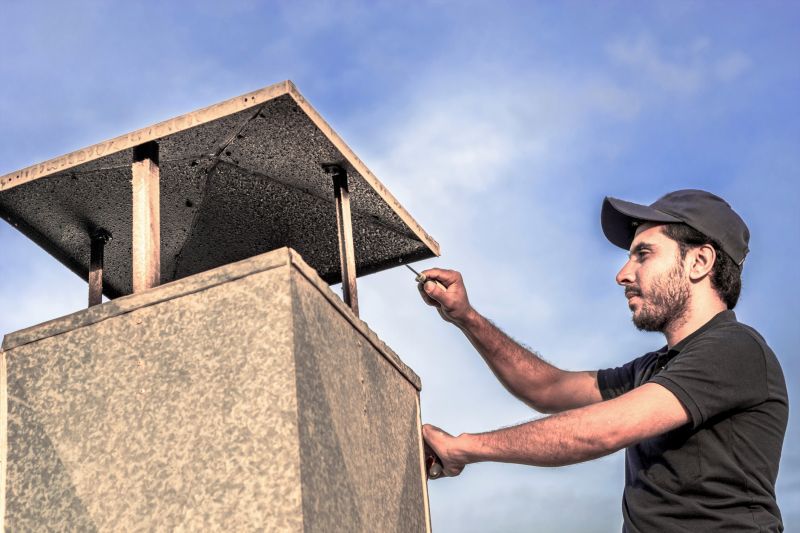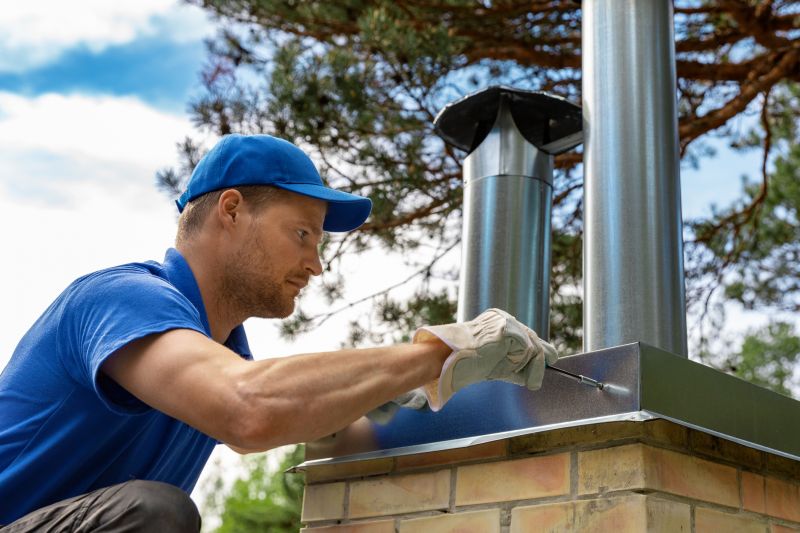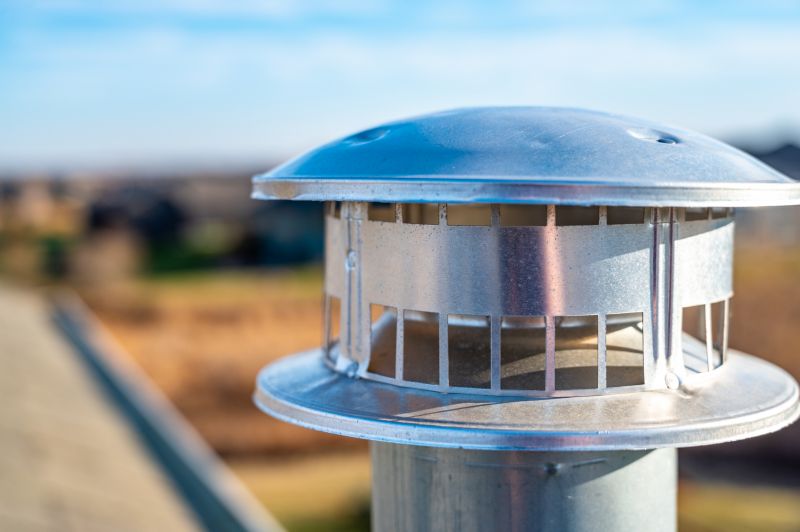
When To Get Chimney Cap Installation
Optimal chimney cap installation occurs during dry, mild weather in spring and early fall to ensure proper sealing, durability, and safety, avoiding delays caused by extreme cold, heat, or precipitation.

Optimal chimney cap installation occurs during dry, mild weather in spring and early fall to ensure proper sealing, durability, and safety, avoiding delays caused by extreme cold, heat, or precipitation.

Professional chimney cap installation improves airflow, prevents debris and water entry, enhances safety, and increases chimney durability by protecting against damage and obstructions through proper fitting and regular inspections.

Regular chimney inspections are vital for ensuring safe operation, preventing fire hazards, and identifying issues early. Components like caps, liners, dampers, and chimneys require assessment to avoid costly repairs and safety risks.

This overview explains the factors affecting chimney cap installation costs, including material type, chimney height, accessibility, and complexity, with estimated price ranges and related services for proper chimney protection and maintenance.